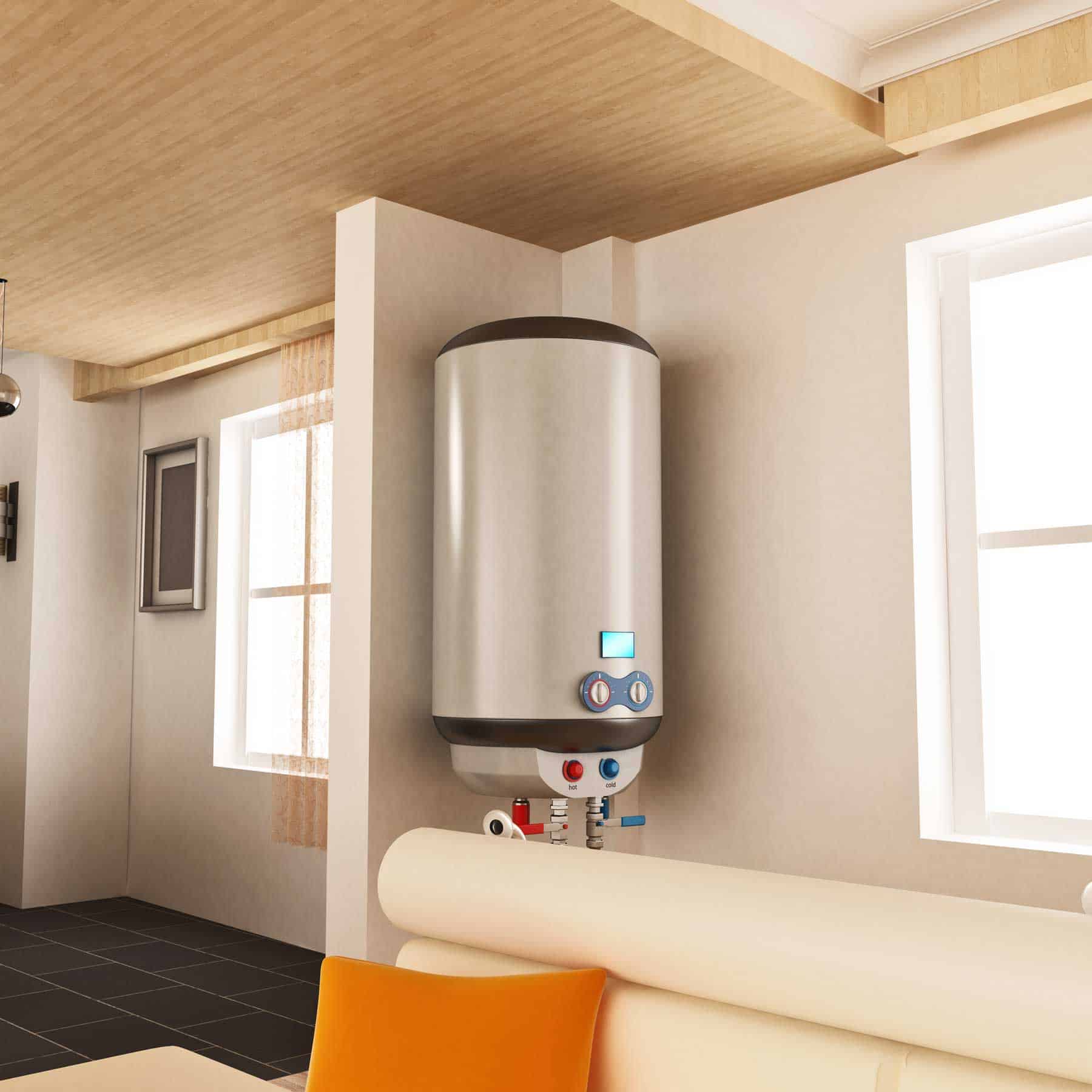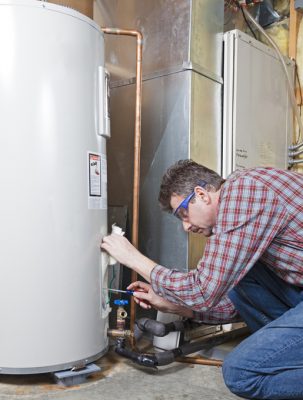The article which follows on the subject of Tips on Maintaining a Water Heater is especially intriguing. Don't miss it.

Warm water is essential for day-to-day comfort, whether it's for a refreshing shower or cleaning dishes. To ensure your warm water system runs efficiently and lasts longer, normal maintenance is crucial. This write-up offers sensible ideas and insights on how to keep your home's hot water system to avoid disturbances and expensive repair work.
Intro
Maintaining your home's warm water system may appear complicated, however with a few basic actions, you can guarantee it runs smoothly for years ahead. This guide covers everything from recognizing your hot water system to do it yourself upkeep ideas and understanding when to hire specialist assistance.
Significance of Maintaining Your Warm Water System
Normal maintenance not just expands the life expectancy of your warm water system yet likewise guarantees it operates efficiently. Disregarding maintenance can bring about lowered efficiency, higher power expenses, and even early failure of the system.
Indicators Your Warm Water System Needs Upkeep
Understanding when your warm water system needs focus can stop major problems. Watch out for indicators such as inconsistent water temperature, strange noises from the heating system, or rusty water.
Understanding Your Warm Water System
Prior to diving into upkeep jobs, it's handy to understand the fundamental parts of your warm water system. Generally, this consists of the hot water heater itself, pipelines, anode rods, and temperature controls.
Regular Monthly Upkeep Tasks
Regular monthly checks can aid catch minor issues prior to they rise.
Flushing the Water Heater
Purging your hot water heater removes sediment accumulation, enhancing performance and lengthening its life.
Monitoring and Changing Anode Rods
Anode poles prevent deterioration inside the tank. Inspecting and replacing them when worn out is essential.
Inspecting and Adjusting Temperature Settings
Changing the temperature settings makes sure optimum efficiency and safety.
DIY Tips for Maintenance
You can carry out a number of maintenance tasks yourself to keep your hot water system in top condition.
Checking for Leaks
Frequently examine pipes and links for leakages, as these can lead to water damage and greater costs.
Examining Stress Alleviation Valves
Checking the stress relief valve ensures it functions correctly and avoids excessive stress accumulation.
Protecting Pipes
Insulating hot water pipes lowers warmth loss and can conserve energy.
When to Call an Expert
While DIY upkeep is helpful, some problems need expert experience.
Facility Problems Needing Expert Help
Examples consist of major leakages, electrical problems, or if your water heater is constantly underperforming.
Regular Expert Maintenance Benefits
Professional upkeep can include extensive evaluations, tune-ups, and making certain compliance with safety standards.
Verdict
Routine maintenance of your home's warm water system is crucial for efficiency, long life, and price financial savings. By complying with these suggestions and knowing when to look for expert aid, you can make sure a reliable supply of warm water without unexpected disruptions.
How to Maintain an Instant Hot Water Heater
Before tinkering with your hot water heater, make sure that it’s not powered on. You also have to turn off the main circuit breaker and shut off the main gas line to prevent accidents. Also turn off the water valves connected to your unit to prevent water from flowing into and out of the appliance. 2. When you’re done, you have to detach the purge valves’ caps. These look like the letter “T” and are situated on either side of the water valves. Doing so will release any pressure that has accumulated inside the valves while at the same time avoid hot water from shooting out and burning your skin. 3. When the purge valves’ caps are removed, you have to connect your hosing lines to the valves. Your unit should have come with three hoses but if it didn’t, you can purchase these things from any hardware or home repair shops. You can also get them from retail stores that sell water heating systems. Read the user’s manual and follow it to complete this task properly. When the hosing lines are connected, open the purge port’s valves. 4. You should never use harsh chemical cleaners or solutions when cleaning your unit. Make use of white vinegar instead. It should be undiluted and you’ll probably use about 2 gallons. 5. Now flush your water heater. This task should probably take about 40 minutes. We can’t give you specific directions for this because the procedure is carried out depending on the type, model and brand of your heater. With that being said, refer to the user’s manual. 6. When you’re done draining the unit, you have to turn off the purge port valves again. Remove the hosing lines that you earlier installed on each of the water valves. Put the valve caps (purge port) back in their respective places and be very careful so as not to damage the rubber discs that are found inside these caps. 7. Now that everything’s back in place, check your user’s manual again to find out how to reactivate your water heating system. 8. Once it is working, turn one of your hot water faucets on just to let air pass through the heater’s water supply pipes. Leave the tap on until water flows smoothly out of it. https://www.orrplumbing.com/blog/2014/september/how-to-maintain-an-instant-hot-water-heater/

We were brought to that write-up on Tips For Maintaining Your Hot Water Heater from an associate on our other web address. Loved our write-up? Please quickly share it. Help another person discover it. Thank-you for your time invested reading it.
Book 24/7